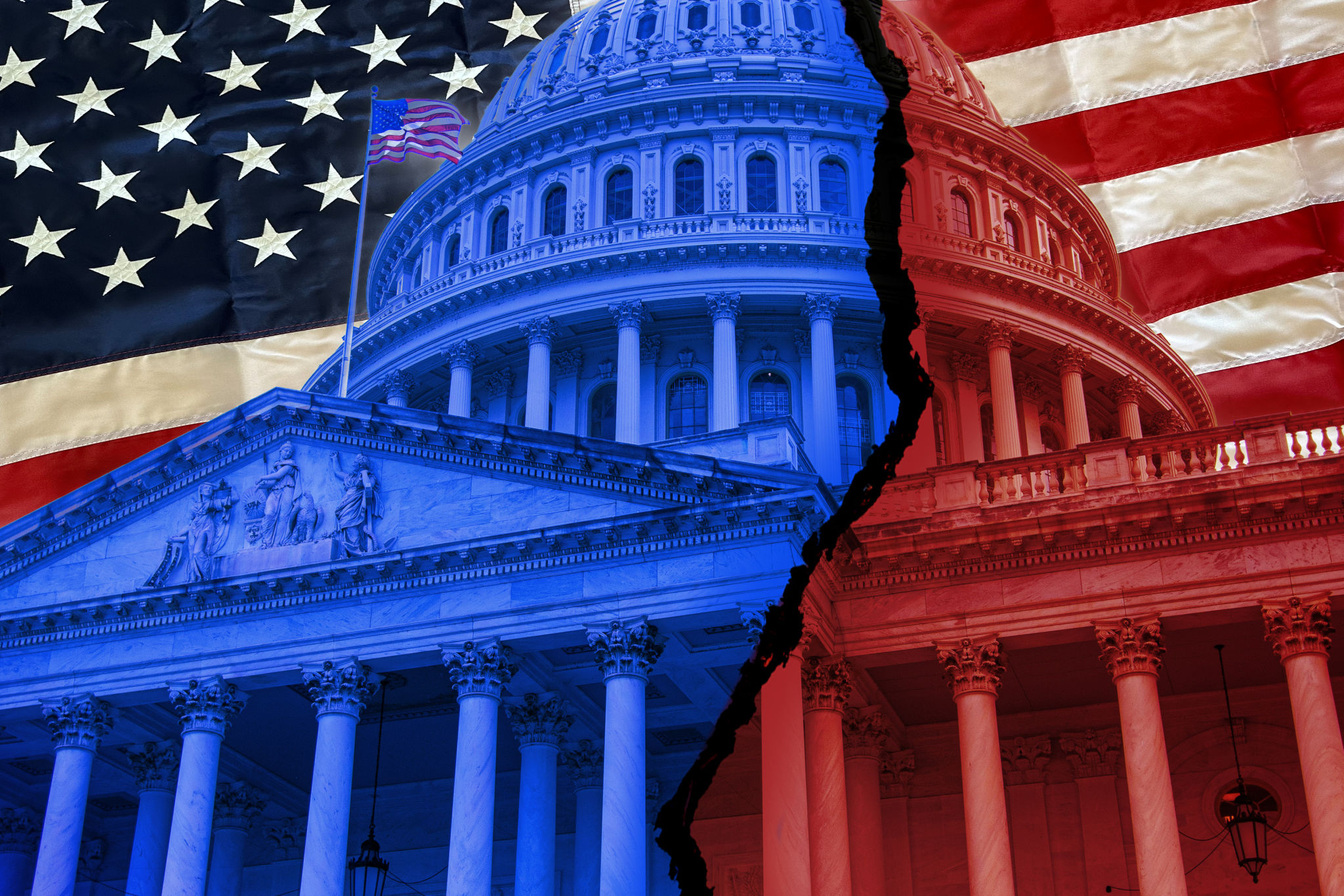Understanding the Stop Trump Movement: A Comprehensive Guide
Introduction to the Stop Trump Movement
The Stop Trump Movement has been a significant force in American politics since the beginning of Donald Trump's political career. This movement encompasses a diverse group of individuals and organizations united by their opposition to Trump's policies, rhetoric, and leadership style. Understanding the origins, motivations, and actions of this movement is key to comprehending its impact on the political landscape.

Origins and Motivations
The Stop Trump Movement began gaining momentum during Trump's 2016 presidential campaign. Many were alarmed by his controversial statements and proposed policies, which they believed threatened democratic norms and marginalized communities. The movement draws support from a wide range of demographics, including progressives, moderates, and even some conservatives who are concerned about Trump's influence on the Republican Party.
Key motivations for joining the movement include a desire to protect civil liberties, promote social justice, and uphold the rule of law. Many participants also express concerns about Trump's environmental policies and international relations strategies, which they argue could have long-term negative consequences.
Strategies and Tactics
Throughout its existence, the Stop Trump Movement has employed various strategies to achieve its goals. These tactics include organizing protests, lobbying lawmakers, and supporting candidates who oppose Trump's agenda. Additionally, social media platforms have played a crucial role in raising awareness and rallying support for the movement.

The movement has also focused on legal challenges to Trump's policies. Various lawsuits have been filed against executive orders and administrative actions that are perceived as unconstitutional or harmful. This legal strategy aims to block or reverse policies deemed detrimental by movement supporters.
Impact on Elections
The Stop Trump Movement has significantly influenced electoral outcomes in recent years. By mobilizing voters and advocating for change, the movement has contributed to shifts in political power, particularly during midterm elections. In 2018, for example, the movement played a role in the Democratic Party regaining control of the House of Representatives.
The 2020 presidential election was another critical moment for the movement. Efforts to increase voter turnout and support Joe Biden's candidacy were central to the movement's strategy. Many credit the movement with helping to secure Biden's victory over Trump, highlighting its effectiveness in shaping electoral dynamics.

Challenges and Criticisms
Despite its successes, the Stop Trump Movement faces several challenges. One major criticism is that it often lacks a unified message or cohesive leadership. The diverse nature of its supporters can lead to disagreements over priorities and strategies. Additionally, some argue that focusing too much on opposition to Trump can detract from promoting positive policy alternatives.
Further challenges include overcoming voter apathy and addressing misinformation campaigns that attempt to undermine the movement's credibility. These obstacles require strategic planning and collaboration among different factions within the movement.
Future of the Movement
As Donald Trump remains a prominent figure in American politics, the future of the Stop Trump Movement will likely continue to evolve. The movement's ability to adapt to changing circumstances and address internal challenges will be crucial for its ongoing relevance and success. Future efforts may focus on supporting candidates who align with the movement's values and advocating for systemic changes that address underlying issues highlighted during Trump's presidency.
Ultimately, the Stop Trump Movement serves as a testament to the power of civic engagement and collective action in shaping political discourse and outcomes. By understanding its roots, motivations, and strategies, we can gain valuable insights into this dynamic and influential force in modern politics.
